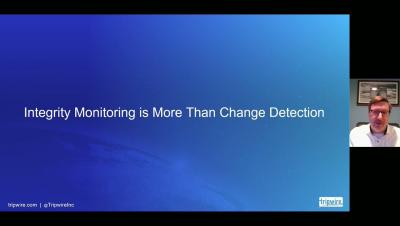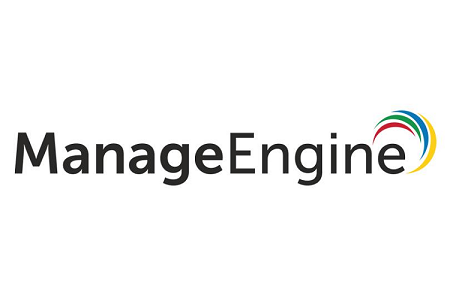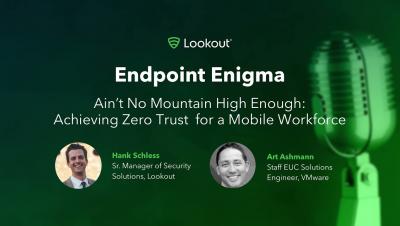6 Questions IT Leaders Are Asking About Zero Trust Network Access (ZTNA)
Given the need to support hybrid work, Gartner heavily recommends that IT leaders consider a Security Service Edge (SSE) platform for the practical implementation of a zero trust strategy. An SSE platform largely incorporates these main technologies into a single offering: ZTNA, SWG, and CASB. Gartner recommends that SSE implementation should begin by prioritizing high areas of risk by replacing remote access VPN with a modern ZTNA solution.









